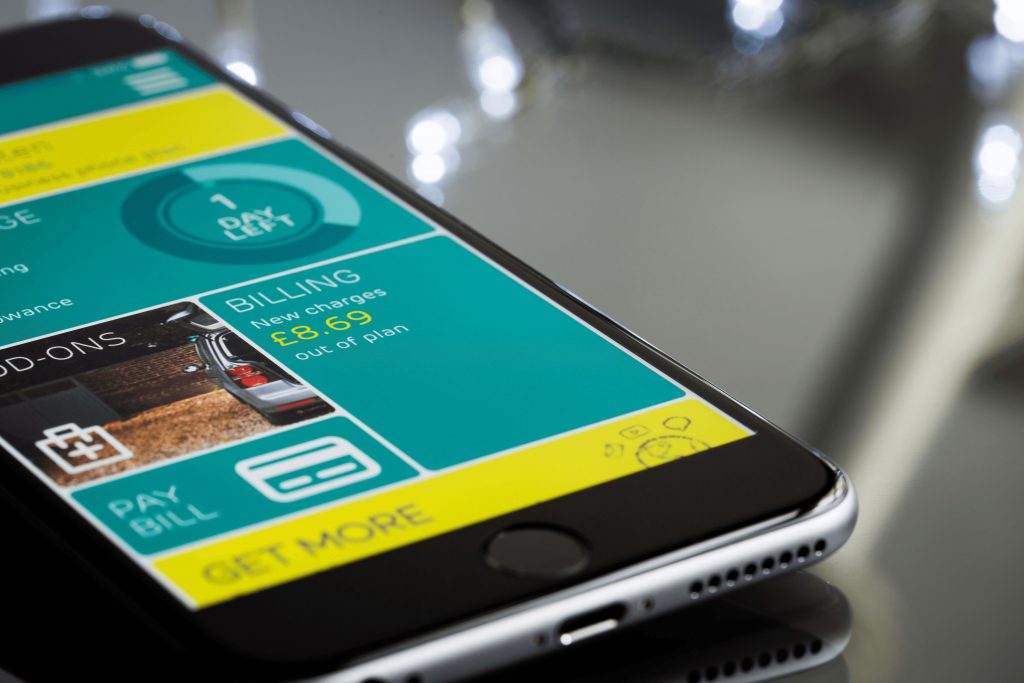How to Create an App Landing Page
Nowadays, it is not so easy to attract a target audience to your product. Demand creates supply, so competition in the field of mobile application development is great. To effectively promote your product, you need to use the maximum number of advertising tools. A landing page, for example, can help bring in new clients and grow the customer base.

But in order for the landing page to meet the expectations placed on it, it must first be created and done correctly. The landing page for mobile applications is somewhat different from the landing page for other devices. Next, we will look at some of the features of creating a landing page specifically for applications.
Does a mobile app need a landing page at all?
Of course, yes. Moreover, its necessity is justified even at the initial stages of product development. Using various landing page features, you can see the interest or disinterest of potential customers and correct the mistakes made before the product is already released.
Further, during the product launch, the landing page works as a marketing tool to attract new users with some kind of call to action. In the future, you will be able to use the landing page to post information about newly released updates to your application or the launch of a new one. You can post special information on the landing page that will not be available on any other sites; this will help increase customer interest.
Use marketing tools
Nevertheless, many people doubt the expediency of creating a landing page if information about the application can be added to Google Play or the App Store. But it is important to understand that the landing page is a sales landing page. You can use marketing techniques to specify all of the benefits and summarize the installation, which you cannot do in Google Play or the AppStore.
In addition, there is an opportunity to use different options for targeted actions on the landing page: for example, subscribing to a newsletter, installing an application, or receiving a bonus. A subscription to the newsletter is used before the launch of the application, when you need to collect a database of interested users. They can announce the release of the application by email or set up a target.
Also on the landing page, you can offer users a chance to get a special bonus, for example, a promo code. This target action can be used both before launching the application and after. And the most important action is issuing a link to the installation on the landing page. On the landing page, it is more likely that you will encourage the user to install the application, especially if it is still relatively unknown.
Landing page structure for mobile applications
Consider the following characteristics of a landing page in order to successfully promote a mobile application:
- Minimalism. This means that there should be as few unnecessary elements on the landing page as possible.
- There isn't enough text. Utilize more graphical information. A large canvas of text is unlikely to be read by anyone. It's better to show clearly how the application works and why you need to download it right now.
- Brightness. A mobile app is also a beautiful picture. The landing page should also be bright and memorable, in keeping with the style of the application itself.
- Support for any devices. Users should be able to access the landing page from any device. It is necessary to ensure that the page loads quickly and all elements are displayed correctly, regardless of the device.
- Informative. When going to the landing page, the user should see what this page is about and what exactly is offered on it. Also, the visitor must understand what kind of action is expected of him.
If these conditions are met, the landing page is more likely to generate the required number of targeted actions. Therefore, before creating a landing page for a mobile application, make sure that its layout corresponds to these points.

What should be placed in the prototype?
The most difficult thing is to decide what to fill the landing page with. There are a set of key elements that should be contained on the landing page. Therefore, we will analyze each of them in more detail.
- The first screen
The first screen is where the user gets to at the beginning of their journey on the landing page, so it should be the most informative. The user should immediately see the USP and understand why he needs this application. It is also important to reflect the functions and interface of the application and provide information about where it can be downloaded.
In general, all the most interesting things should be on the first screen. The CTA in this case will be the installation of the application. But you can also consider alternative options. For example, place a button to collect user data by phone or mail.
- Advantages
After the first screen, a screen with benefits can immediately go up to strengthen the user's intention to use the application. Each advantage can be placed in a separate window and described in more detail. The user must understand what problem the application solves and what kind of pain it relieves.
This screen can greatly motivate the user and warm up his interest. Therefore, a lead generation button should be placed under the windows with advantages.
- Social evidence
This item should be added to the landing page after the mobile application is launched. As social evidence, there could be user reviews (reviews by famous people will be especially valuable), windows with logos of companies that use the application, or media mentions.
- FAQ
If customers write to support asking the same questions, then to simplify the use of the mobile application, you can put this block on the landing page. This will help reduce application removal when users encounter problems, as well as increase their loyalty.
- Contact information
This is one of the most important blocks, as users sometimes need to look at the rest of the social networks to make a final decision. In addition, you must specify the support email or contact phone number. You can also organize contests and promotions on social media to increase the number of leads.
Headings: Advertising & Marketing




